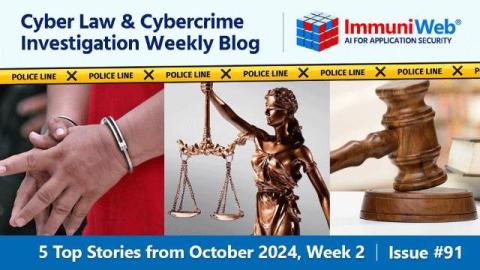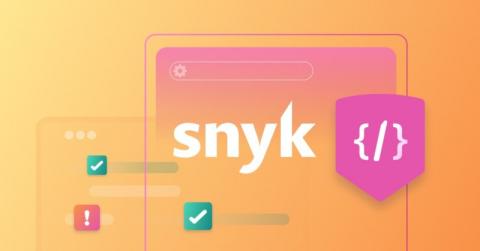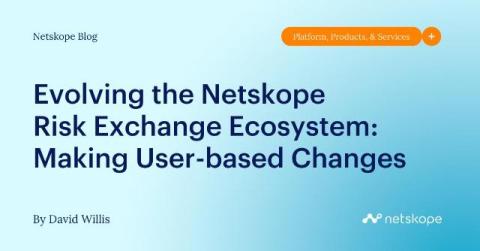Patient Data Security in Healthcare Marketing: A Critical Necessity
Nowadays, patient engagement through online tools forms an important part of healthcare marketing. The use of digital channels to reach out to patients requires that patient data security be considered with the seriousness it deserves. Healthcare providers have access to critical personal information. Hence, protecting this data is a basic tenet that goes beyond just being a legal requirement. More so because trust between them and their patients has to be cemented.











